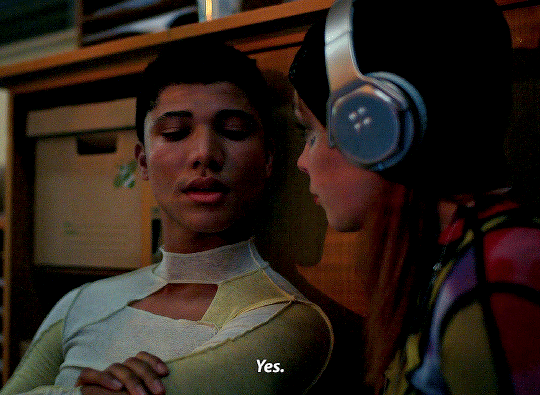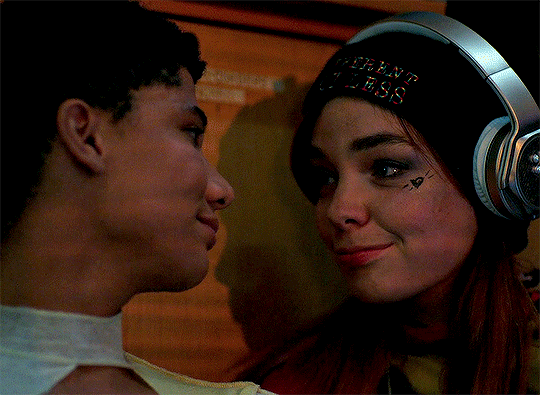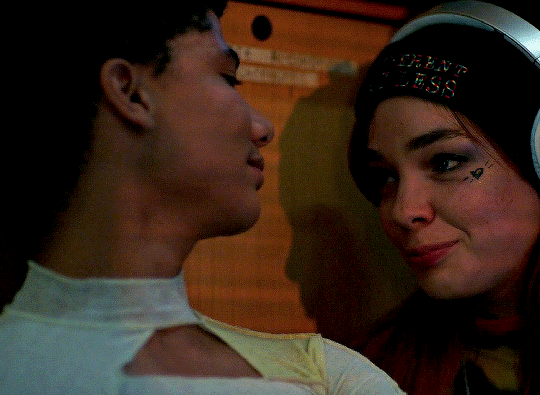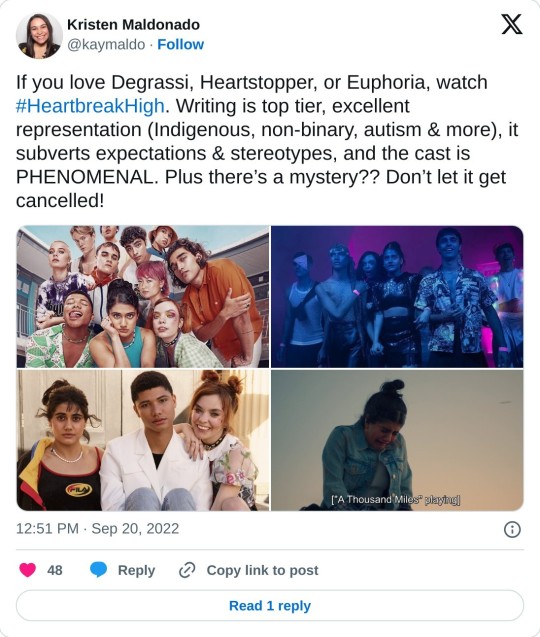Text
Ca$h's sexuality is arguably the most complex in the show as he is likely a closeted gay, but also on the asexual spectrum from what we can see. There are many instances where Ca$h doesn't express interest in pursuing romance, and doesn't revolve around romantic pursuits as much as other characters. His bonds are mostly formed from him being Hartley's drug dealer. However, there are some instances where we see him potentially wanting to make romance, especially with Darren, as there is one moment where they are making out. At one point though Ca$h freaks out and comes to the realization that maybe having sex with Darren isn't meant for him even if he wants romance.
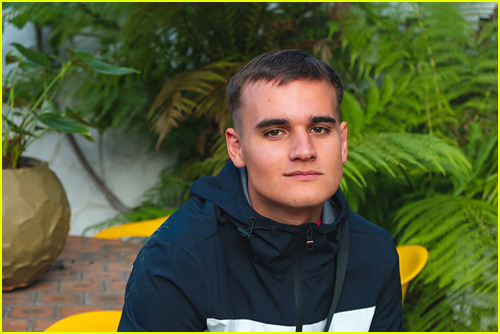
0 notes
Text
Dusty is definitely seen as the popular kid in "Heartbreak High". However, he has many insecurities that viewers are able to see throughout the series, which he hides under his bold personality. Dusty has been romantically involved with girls and boys at school, showing he's open to different relationships. Despite his appeal, Dusty's vulnerability makes him relatable, revealing that he struggles like everyone else. This portrayal adds complexity, showcasing Dusty as more than just a good-looking and popular character.
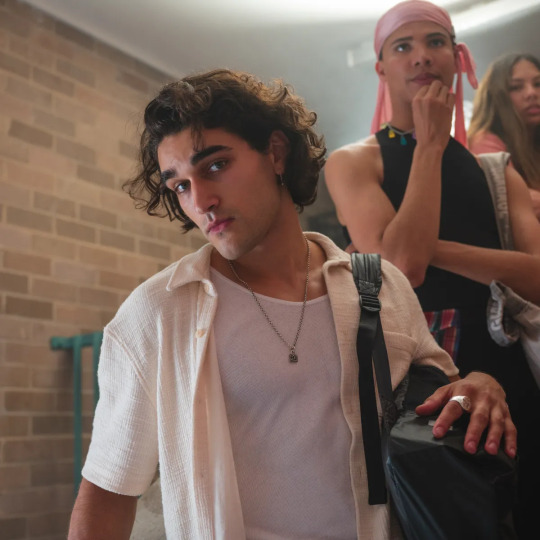
0 notes
Text
"I think what's most interesting in terms of the representation is beyond the skin colour or beyond the sexuality; it's getting to see these people living out regular lives rather than just dealing with racial politics or sexual politics..."
"It's diverse, but our racial backgrounds or our sexuality or our identities are the least interesting things about all of these characters and us as people..."
- James Majoos (Darren Rivers)
6 notes
·
View notes
Text
Thomas Weatherall (Malakai Mitchell):
"It's a privilege to be put in that position but I hope that people that watch it from all walks of life and then particularly First Nations mob enjoy it and like seeing it.
"And hopefully you know might be able to resonate with some of the things we go through.
Sherry-Lee Watson (Missy Beckett):
"I'm really excited for specifically like young Aboriginal girls to see themselves on a global screen like this..."
"It reaffirms our identity because it's so easy to go through that identity crisis when you don't see accurate representation on screen."
13 notes
·
View notes
Text
Malakai in "Heartbreak High" grapples with the complexities of being bisexual amidst problematic conversations on sex and gender dynamics. Beyond this, he faces the harsh realities of racial trauma and police brutality, highlighting systemic injustices. His heritage becomes a source of strength, showcased in a powerful moment emphasizing the importance of cultural identity in overcoming adversity. Through Malakai's journey, the show addresses bisexuality, systemic issues, and the significance of cultural roots in resilience, adding depth and impact to the narrative.

2 notes
·
View notes
Text
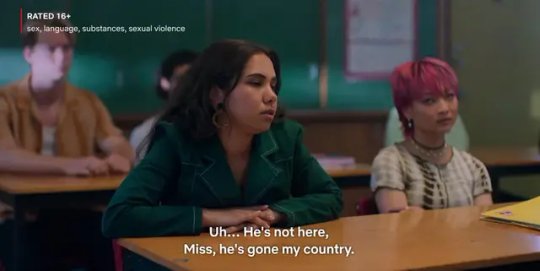
Malakai takes some time away from school to connect with his identity and nature.
Going "on country," to the Aboriginal community, means going to the tribal lands.
Malakai and Jai (Missy's brother) spend some time on country to ground Malakai.
The incorporation of authentic Aboriginal practices in this series is important to the authenticity of the representation of this community. By showing scenes of Jai and Malakai in nature at peace, the audience is exposed to another positive and non-stereotypical characterization of Aboriginal people.
Shedding light on the peaceful time Malakai took contributes to the creation of a complex Indigenous experience that is left out of media.
Another reason this is so important is because it combats the idea of deindividuation, when an individual sees themself as interchangeable with other members of their group. Oftentimes this results in self-identifying with negative stereotypes because that is what they think is expected of them (Leavitt et al., 2015)
The invisibility of Indigenous people in media combined with the limited negative portrayals contributes to this phenomenon.
By celebrating positive and authentic aspects of Aboriginal culture, Heartbreak High combats media invisibility.
106 notes
·
View notes
Text
Quinni is an open lesbian on “Heartbreak High” and is the one to initiate her relationship with Sasha. Her empathy, emotional intelligence, and supportiveness defy misconceptions about autistic people as emotionally disconnected. Her bond with the principal's dog highlights a common affinity among autistic individuals for animals, offering comfort and simplicity. By depicting Quinni as sexually liberated and empathetic, the show breaks misconceptions and stereotypes about autistic individuals' emotional depth and relationships, as portraying a more authentic representation.
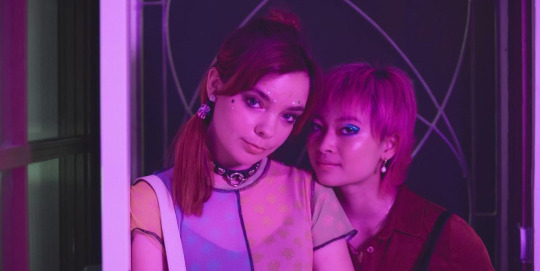
0 notes
Text
***TW Police Brutality and Suicidal Ideation***
In the days following his assault, Malakai spirals into a depression. He begins arguing with his teammates and quitting the basketball team.
Malakai goes to Amerie's Halloween party, where he meets Missy and her brother, Jai, two First Nations characters that are concerned by what Malakai experienced.
As the night progresses, he gets more and more drunk and reckless, until he climbs onto the roof of Amerie's home, planning to jump off.
A crowd gathers below, mostly encouraging him to jump. One person asks him to make the sound he made from the video of his attack.
Jai sneaks up behind him and grabs him in an embrace and pulls him away from the edge. He tells a now sobbing Malakai, "it's all right, brother. I'm here. I'm here"
Jai and Missy leave the party with Malakai as Missy tells the partygoers that they should be ashamed of themselves.
Malakai's breakdown can be partially indebted to his sense of self. Because of the lack of indigenous representation in media, indigenous people may have a distorted sense of self.
Because of the lack of representation and homogenization of Indigenous identities, Indigenous people cannot see their group or imagine themselves as anything other than what they see in limited media portrayals (Leavitt et al., 2015).
Malakai, Missy, and Jai's characters are inherently pushing against this limited representation of Indigenous communities on television and creating a space where Indigenous people can see themselves.
7 notes
·
View notes
Text
"I felt like I lost something."
- Malakai, episode 5 (37:20)
3 notes
·
View notes
Text
Police Brutality in Heartbreak High
***TW: Police Brutality***
In episode 4, "Rack Off," Indigenous character Malakai leaves the club with Amerie. They are drunk and flirting, talking about Amerie's issues with her best friend.

The police outside of the club are urging people to go home, and Malakai wants to stand outside a bit longer and finish his conversation with Amerie. He reassures her that the cops won't harm them, that they're just talking.
One officer proceeds to shove Malakai's shoulder, telling him over and over to "Get going," and "Move!" Malakai is shoved a third time when he tells the officer to "F*ck off, dog."
In the same moment, Malakai is lifted up and slammed down to the concrete by the officer.
In a split second, Amerie is screaming, their friends are filming, and the group rushes to Malakai's aid and the group runs off after him.
He begs his peers not to post the video because nothing will come of it, and that is just how police treat people like him.
This unprovoked act of violence sheds light on the violence faced by Indigenous people in Australia.
Depicting scenes like this in media in a way that sheds light on this relentless violence against marginalized communities is so important because it challenges the hegemonic perceptions of society.
"Counter-tendencies," or messages that go against dominant ideology, challenge preconceived cultural assumptions (Lull, 2013).
This scene that depicts a sweet and charming character experiencing unprovoked violence challenges the dominant belief that police do not treat non-white civilians differently, and that police action is justified because they are protecting the community.
13 notes
·
View notes
Text
"Malakai gets assaulted by a cop, and your first thought is to sleep with him?" -Missy Beckett, Episode 5 (31:50).
5 notes
·
View notes
Text
Darren Rivers (They/Them) is a queer non-binary character in “Heartbreak High” who initially lives with their mother and stepfather. Because Darren’s stepfather firmly believes Darren’s gender identity breaks the norms of society, their mother suggests that they go live with their father. However, it turns out that their relationship with their father is strained due to their father's history of bigotry. Despite their contrasting beliefs, there are subtle shifts in their dynamic. Their father's past prejudice creates conflict, but there are glimpses of effort toward understanding Darren's gender identity. Despite frequent arguments, the season finale hints at a potential for reconciliation as Darren seeks advice, signaling a desire for connection despite their differences. This evolving dynamic portrays the complexities of family dynamics, showcasing the potential for growth and understanding despite deeply rooted prejudices, offering hope for reconciliation through communication. The inclusion of Darren in the show is a great representation of the queer POC, allowing for there to be more visibility with those identities (Anderson, 2023).
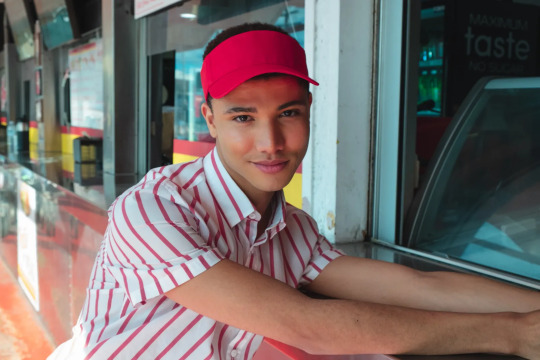
1 note
·
View note
Text
Isn't it interesting how...
Race and ethnicity is a construct that does not appear to be the topic of tension or discrimination between most of our main characters? From the beginning of the series, we don't acknowledge Amerie's Indian identity, or Sasha's identity as an Asian woman.
The lead characters represent several different racial and ethnic groups, but it goes largely unspoken between classmates and teachers.
Dusty, the object of the entire school's affection, is Southeast Asian:

Amerie, the central character, is Indian-Australian:
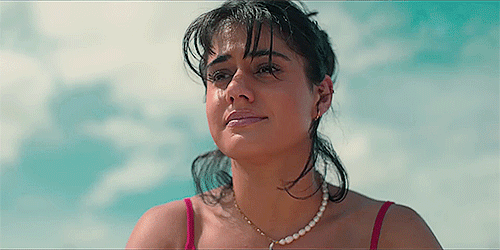
Darren, a lead character, is Black:

Sasha, a lead character, is Asian:

Malakai, new student and lead character, is Bundjalung, an Indigenous Australian population:
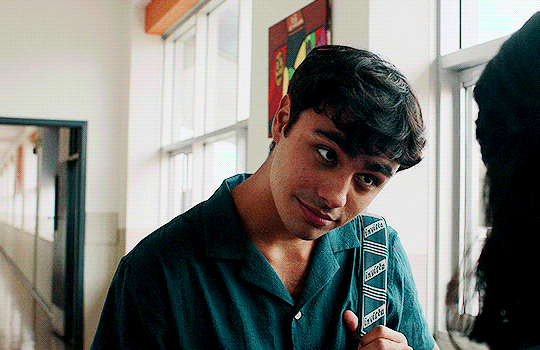
Missy, an important side character, is also mob, or First Nations Australian:

Even the staff at Hartley High reflect's the series' diverse casting. Jojo Obah, teacher and program director, is a Nigerian woman.
This diverse cast offers a refreshing take on high school dramas. While the students come from different racial and ethnic backgrounds, the primary focus of the series is the chaos that ensues.
When we normalize diversity and avoid tokenism, we break down stereotypes and prejudice.
According to cultivation theory, television is responsible for shaping and viewers’ perceptions of social reality (Lind, 2004). When series like these promote diversity without reinforcing stereotypes, they work to change the schemas, or cognitive structures/biases, that automatically ascribe stereotypes to marginalized individuals and communities (Gorham, 1999).
74 notes
·
View notes
Text
"Heartbreak High" breaks media norms by showcasing diverse relationships and gender identities, challenging the dominance of heterosexuality in mainstream narratives. Through its portrayal of a majority of queer relationships and non-traditional gender expressions, the show normalizes diversity, disrupting societal biases and fostering inclusivity without judgment. By doing so, it advocates for acceptance and understanding of varied sexual orientations and identities, serving as a platform for advocacy and challenging societal norms. The show is progressive in that it breaks the stereotypes of how queer people are framed in television and the media (Visible, 2020).
0 notes


